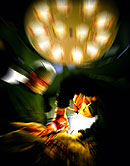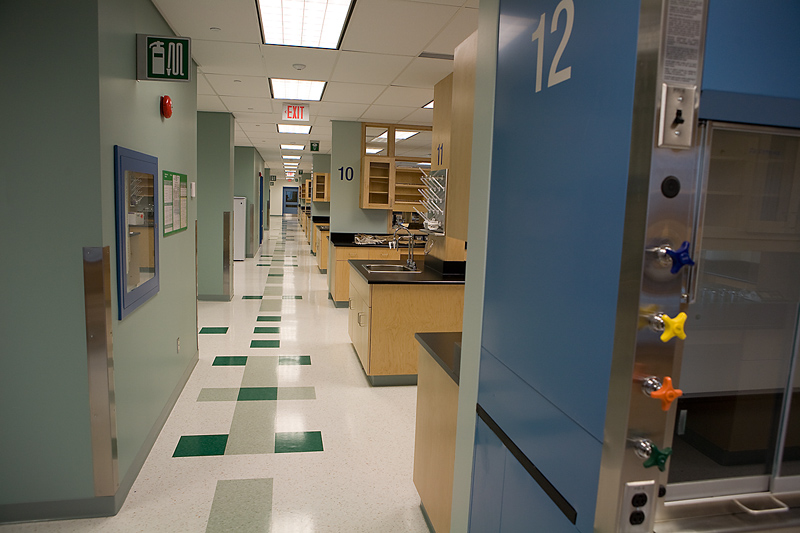
TUESDAY, July 5 (HealthDay News) — New research shows that most urgent angioplasty procedures performed in the United States are warranted, but the same can’t be said for those done on a non-emergency basis.
Reviewing data on more than a half million angioplasty procedures, researchers deemed the artery-opening procedure appropriate when performed for “acute indications,” such as heart attacks or unstable angina (crushing chest pain) with certain high-risk features such as progressive pain with no known cause. By contrast, stable angina occurs only with activity such as a stress test and is not considered an appropriate indication for angioplasty.
“We found that the appropriateness of angioplasty depended upon whether the patient presented as acute or non-acute,” said study author Dr. Paul S. Chan, of Saint Luke’s Mid-America Heart and Vascular Institute in Kansas City, Mo.
“In elective, non-acute settings, angioplasty does not save lives and does not prevent heart attacks,” he said. “The only role for angioplasty in elective setting is improving the quality of life in patients burdened by angina.”
The study, published July 6 in the Journal of the American Medical Association, included data on patients in the National Cardiovascular Data Registry who underwent angioplasty between July 2009 and September 2010 at 1,091 U.S. hospitals. Of 500,154 procedures included, almost 99 percent of those performed for acute indications were appropriate, but just 50.4 percent of those performed in non-acute situations were classified as appropriate, according to criteria recently developed by six professional organizations.
Appropriate means that the procedures provided definite or probable benefit to patients, whereas inappropriate means that there was no established benefit and unlikely to be one.
Angioplasty involves inserting a balloon-tipped catheter into a blocked heart artery to open it and improve blood flow, relieve chest pain and/or prevent a heart attack. Physicians usually insert a device called a stent to keep the artery open. About 600,000 angioplasty procedures are done in the United States each year, according to the study.
Overall, about 71 percent of the procedures reviewed were for acute indications and about 29 percent were for non-acute indications. Heart attack comprised about 59 percent of all acute procedures, while high-risk unstable angina accounted for slightly more than 41 percent.
In the non-acute setting, half of all angioplasties are considered appropriate, one-third may confer a possible benefit, and one in eight was of no benefit, the study showed.
Unnecessary procedures increase risks as well as health-care costs, the study authors said. The annual cost of angioplasty is more than $12 billion a year, they said.
There was no variability among hospitals when it came to angioplasty procedures for acute indications. But hospitals did vary in their proportion of inappropriate angioplasty procedures for non-acute indications. Hospitals in the lowest quartile had inappropriate angioplasty rates of 6 percent or lower, compared with 16 percent or higher in hospitals in the highest quartile, the study showed.
Taken together, the findings suggest a need to better identify patients undergoing angioplasty in elective situations, the authors said.
Dr. William O’Neill, cardiologist and executive dean of clinical affairs at the University of Miami Miller School of Medicine, said that “the take-home message is that if you come into the hospital for an urgent procedure, it is extremely likely that you will get appropriate care.”
If your physician recommends angioplasty for mild symptoms during a routine check-up, ask if there are alternatives, he said. “In people with stable angina, angioplasty doesn’t prevent heart attack.”
Dr. Barry Kaplan, vice chairman of cardiology for North Shore University Hospital in Manhasset, N.Y. and Long Island Jewish Medical Center in New Hyde Park, N.Y., urged caution in interpreting the findings.
“These are just recommendations and it is very difficult to apply them to each and every patient,” he said.
“There is no doubt that inappropriate angioplasties are performed in this country,” he added. “This study is not to say you should not have an angioplasty, just that the indications should be understood.”
More information
For more on angioplasty, visit the American Heart Association.

